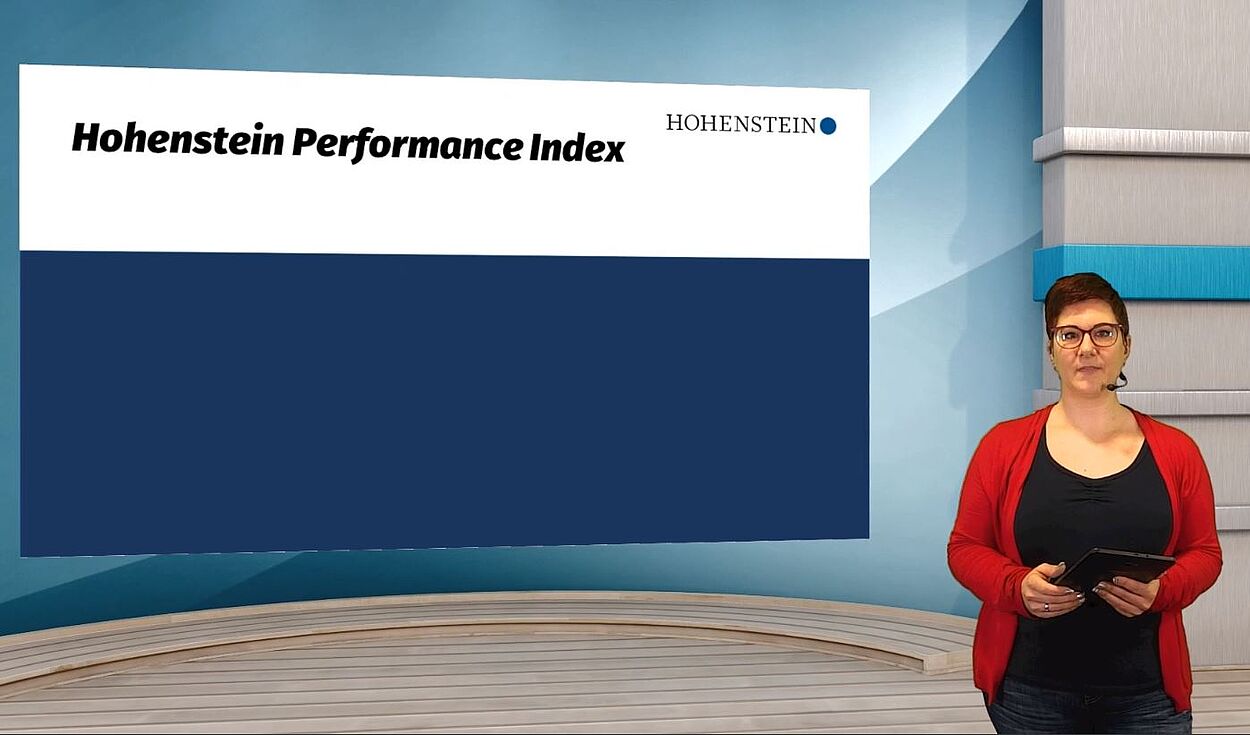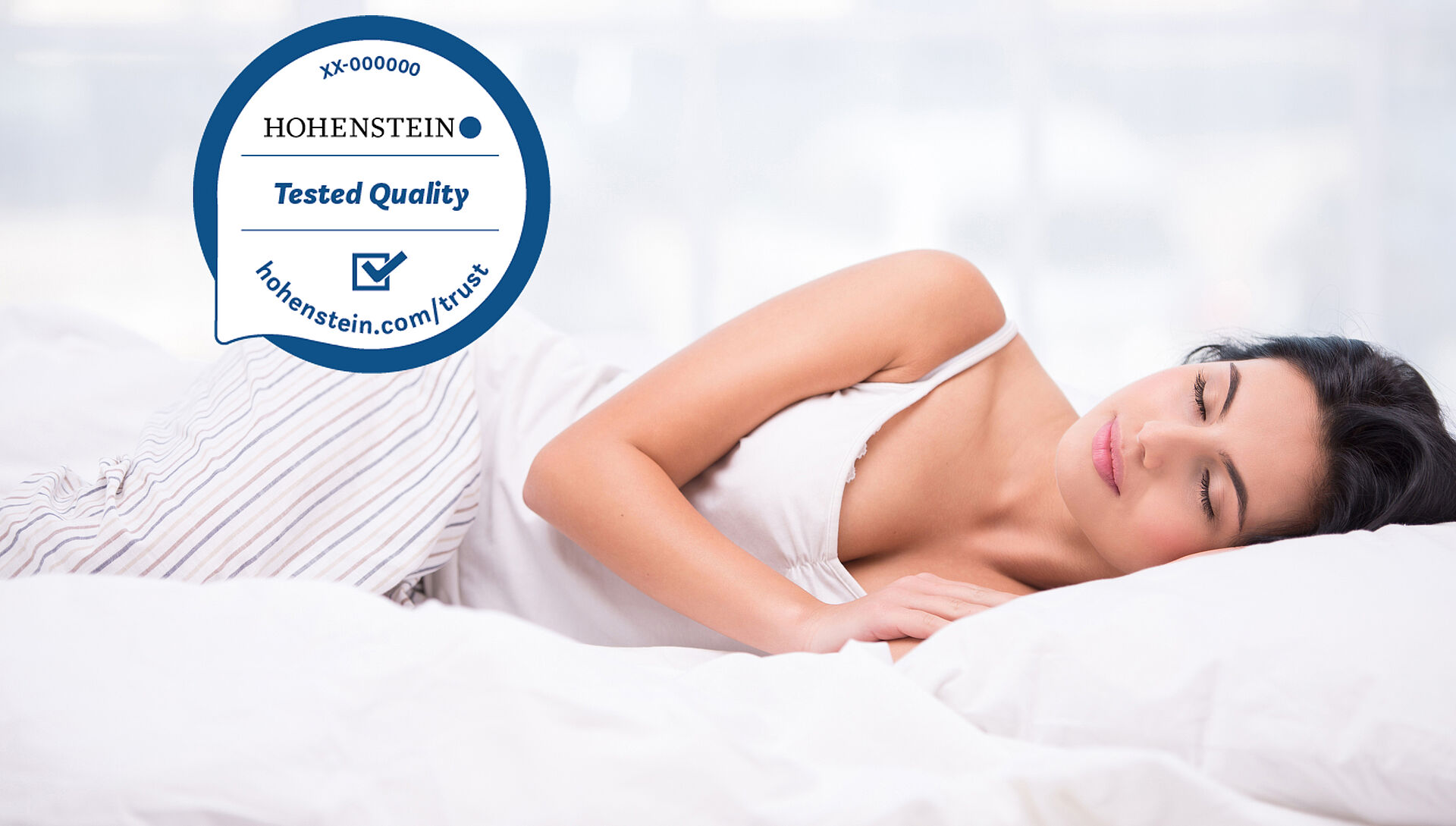Personal protective equipment (PPE) and military textiles include garments and face/body coverings, some of which are used in extreme conditions. The main task is to protect the wearer from external influences such as heat, flames, cold, electrical charges, or wetness. These conditions place complex demands on textiles: in addition to their protective function, they must be durable and comfortable.
The following tests are particularly suitable for measuring the comfort of PPE and military textiles:
- Thermal insulation (thermal resistance, DIN EN ISO 11092)
- Breathability (water vapour resistance, DIN EN ISO 11092)
- Sweat management (water vapour and sweat, DIN EN 17534)
- Thermal resistance of the moist textile and drying time
- Dynamic drying (ISO 13029)
- Cooling capacity (DIN SPEC 60015)
- Skin sensorial comfort
- Thermal insulation by means of a thermal manikin (DIN EN ISO 15831)
- Range of utility
- Protective clothing: Clothing systems and garments for protection against cold (DIN EN 342)
- Protective clothing: Garments for protection against cool environments (DIN EN 14058)
- Effective thermal insulation in water (EN ISO 15027-3)
- Breathability with a sweating thermal manikin
- Electrostatic properties (DIN EN 1149-1,-2, -3 and -5, DIN EN 61340-4-9)
We will be happy to advise you on further testing options and put together a test portfolio suitable for your product.


